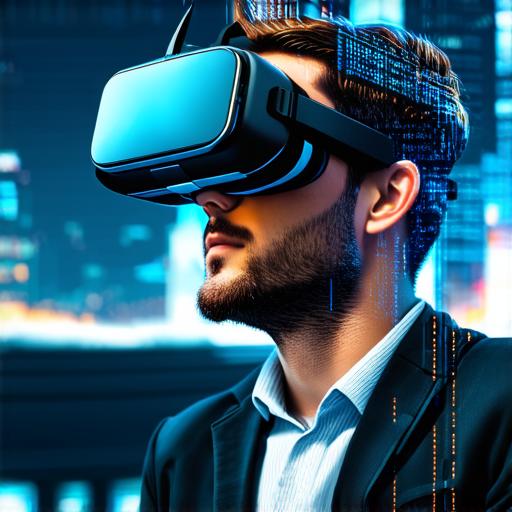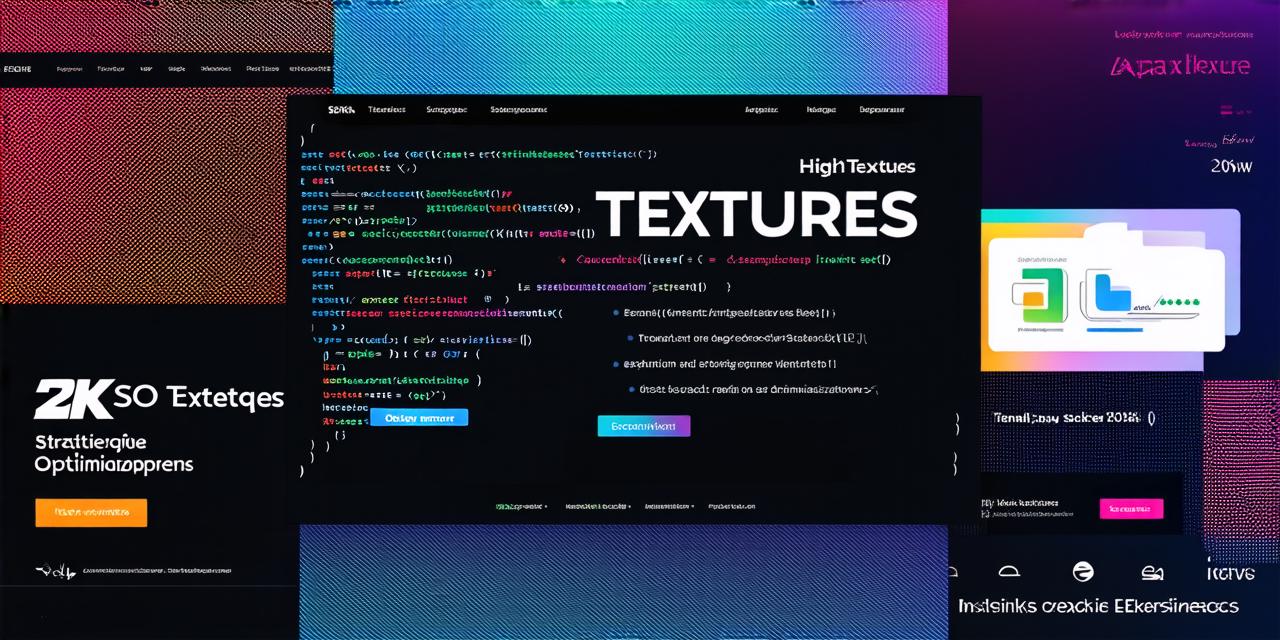The Rise of Virtual Reality (VR)

VR, once a novelty, has become an integral part of our digital lives. According to Statista, the global VR market is projected to reach $45.3 billion by 2025.
This surge is driven by the increasing demand for immersive, interactive experiences that transcend traditional screen boundaries.
JavaScript VR: A Game Changer
Enter JavaScript VR. This technology allows developers to create VR experiences directly in the browser, eliminating the need for expensive hardware.
This democratization of VR development has opened up a world of possibilities for businesses and creators alike.
Case Study: Google’s A-Frame
Google’s A-Frame, a JavaScript framework for building VR experiences, is a prime example. It allows developers to create immersive, interactive scenes using simple HTML tags.
For instance, the New York Times used A-Frame to deliver an immersive 360-degree video of the solar eclipse, offering users a unique, memorable experience.
The Impact on User Experience
By providing users with immersive, interactive environments, JavaScript VR can significantly enhance UX. It offers a level of engagement that traditional screens cannot match. Users are no longer passive observers but active participants in the digital world.
Expert Opinions and Research
“VR is not just about technology; it’s about human connection,” says Nonny de la Peña, a pioneer in VR journalism. A study by Greenlight VR supports this, finding that 71% of consumers prefer brands that provide VR experiences.
Real-Life Examples
Consider a real estate company using JavaScript VR to offer virtual tours of properties. This not only saves time and resources but also provides potential buyers with an immersive, realistic experience, enhancing their decision-making process.
The Future of JavaScript VR
As JavaScript VR continues to evolve, we can expect to see more innovative applications across various industries. The possibilities are limitless, from education and healthcare to entertainment and retail.
FAQs
1. What is JavaScript VR?
JavaScript VR is a technology that allows developers to create VR experiences directly in the browser using JavaScript.
2. Why is JavaScript VR important for UX?
JavaScript VR offers immersive, interactive experiences that can significantly enhance user engagement and satisfaction.
3. What tools can I use for JavaScript VR development?
Some popular tools include A-Frame, Three.js, and Babylon.js.
In conclusion, JavaScript VR is revolutionizing the digital landscape by offering immersive, interactive experiences that enhance UX. By embracing this technology, businesses can stay ahead in the competitive digital marketplace and provide their users with unforgettable, engaging experiences.


